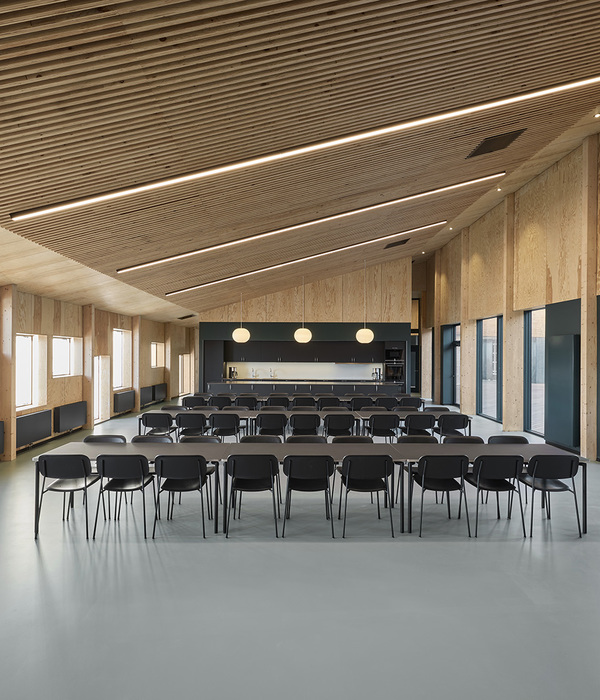Defending water as a human priority, and understanding its condition as an inexhaustible source of life that sustains existence, is the foundation upon which the consolidation and restoration works of the Tower of Water in
are developed. These works have made it possible to discover new aspects of this magnificent defensive building, from where part of the history of the place can be uncovered. The tower that has reached our days is known as the Tower of Water and dates back to the 15th century. Its volumetric recovery is carried out faithfully to its original footprint, following techniques and using materials found in the medieval building.
Thus, reinforcement and patching works are carried out using in situ wooden formwork filled with white lime, stones, and local sand, which brings back the reddish appearance present in all the slopes. The tower is thus camouflaged with the surroundings, becoming one more peak born from the earth. The base preserves its stepped silhouette with its rubble masonry and mortar foundation, while the newly executed walls are made with calicastrada walls following the existing module used in its day, with a Castilian yardstick of 0.80 cm, where the tapiales rise, recovering the tower's original height.
The new walls are set back, in the shadow of the originals, delaying their plumb lines and separated with geotextile in an attitude of respect and reverence for what already exists. The intervention is not only in the tower but in its entire complex. The surroundings are its faithful companion, the one that provides support and meaning. In the intervention, the surroundings are carefully nurtured, cleaned, and reforested with plants native to the area, thyme, rosemary, mastic, and rockroses once again regain the imprint of the place. The tower only makes sense from this place as a singularity found on the slopes of this valley, where the intervention is justified by its rugged topography, as a point of access to a village of
that inhabits its high ground.
A new horn-shaped door allows access and control to the snail mine located next to the tower, which begins its journey at the foot of the slope to penetrate the depths of the earth through its infinite gallery where water flows. The door is resolved with a subtle gesture, using steel plates that are allowed to rust, separated from each other to allow light to enter and provide the necessary ventilation to the underground passage. Today, the Tower of Water has been recovered, its wounds have been healed, and it is once again renewed in its proud countenance. Today, history continues, and once again the rock thrushes come to the place in their eager flight, the scorpion finds shelter in the stone, and the song of the cicadas accompanies the shade of the branches.
{{item.text_origin}}












